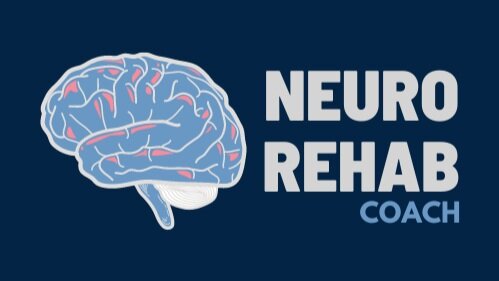Anatomy of the Back
Match the numbers below to the diagram to see what each part of your neck does.
The “back bones” in your upper back are called thoracic vertebrae. There are 12 of these (T1-12). The back bones in your lower back are called lumbar vertebrae. There are 5 of these (L1-5). The back bones in the lowest part of your back (just above your tailbone) are called sacral vertebrae (S1-2).
The medical terms for back bones are “thoracic vertebrae” or “lumbar vertebrae”.
1. Muscles-support the spine and its movement.
2. Ligaments-hold the vertebrae in alignment and provide support.
3. Spinal cord- this nerve pathway travels through a canal hollowed out in the bones. It sends electrical signals from the brain to the rest of the body.
4. Vertebra—bony structure that protects the spinal cord, shapes the spine, allows flexion and weight-bearing.
5. Intervertebral Disc- cartilaginous tissue that cushions and provides shock absorption between vertebrae.
6. Facet joints—connect vertebrae at points to allow a range of movements.
7. Spinal nerve—provides transit of electrical impulses to muscles for movement and contraction.
8. Fascia- connective tissue interwoven into muscle, nerves to provide structural support. (see muscles below)
Back Muscles
Back muscles have 3 main functions
The back muscles have 3 main functions:
1) Support the limbs
2) Maintain posture by keeping hips, ribs and shoulders aligned
3) Help you twist and bend your torso


